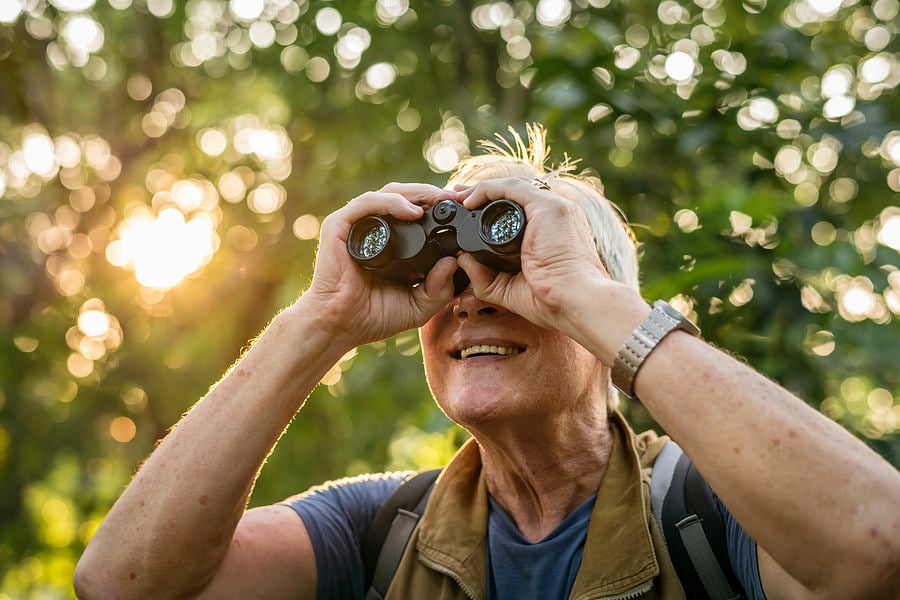 Southwest Florida is a bird watcher's paradise, with hundreds of species of birds calling the wetlands, waters, and woodlands of Naples and the surrounding area home. Read on to learn more about which species to be on the lookout for, and which essentials every birdwatcher needs to get started with the hobby.
Southwest Florida is a bird watcher's paradise, with hundreds of species of birds calling the wetlands, waters, and woodlands of Naples and the surrounding area home. Read on to learn more about which species to be on the lookout for, and which essentials every birdwatcher needs to get started with the hobby.
The Birds of Southwest Florida
Here are just a few of the many bird species you'll spot in Southwest Florida:
The Great Blue Heron: A tall and majestic, often spotted standing very still in the wetlands, waiting for a fish to swim by. This bird is typically slate-blue or gray with a long yellow beak and long legs for wading through shallow water. 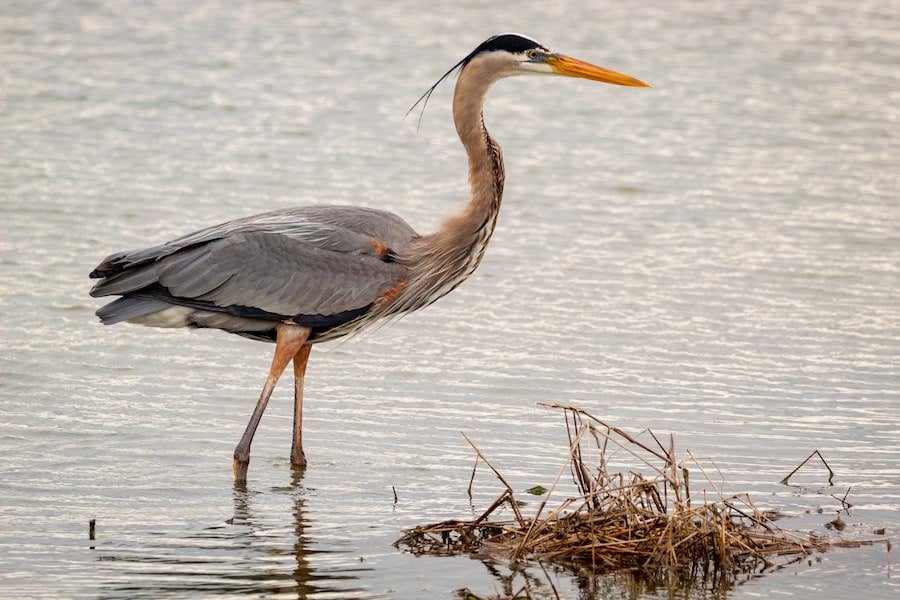
The Snowy Egret: Named for its snowy white color, though its beak is black and its feet are bright yellow, this egret can be found as far south as Chile and Argentina. 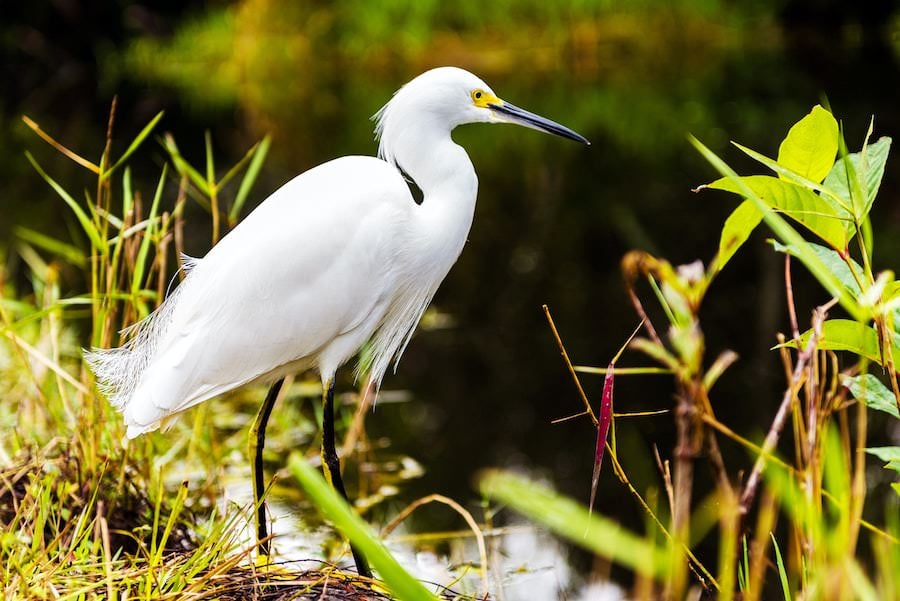
The Laughing Gull: A medium-sized gull common in North and South America along the Atlantic Coast and in the Caribbean islands. These birds are known for their distinct call, which, to many people, sounds like a laugh.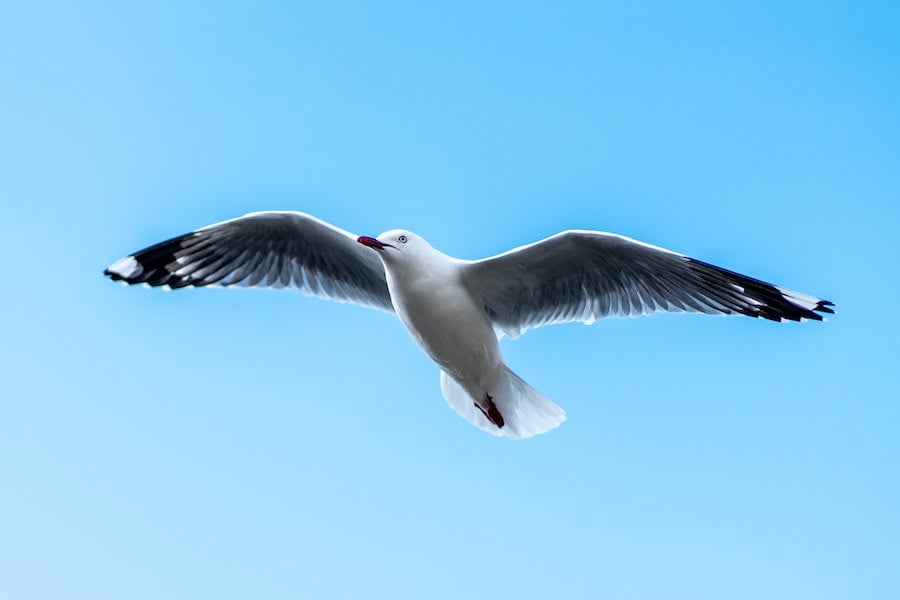
The Osprey: A large bird of prey with a wingspan that can reach nearly six feet in length. Their diet is nearly exclusively fish and they can be seen diving straight toward the water when hunting. Ospreys are brown with a white underbelly, with a distinct dark stripe near the eye area. 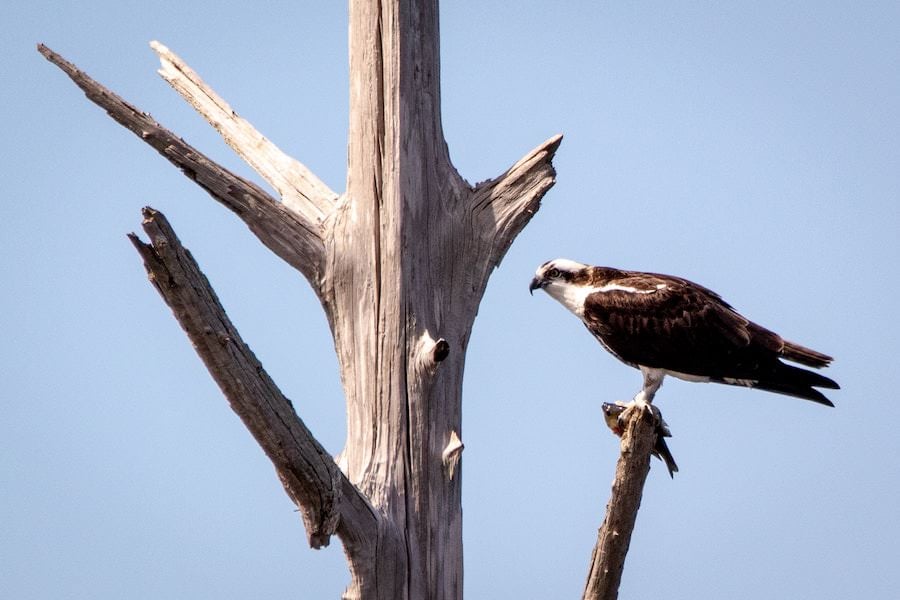
The Roseate Spoonbill: Spoonbills have a bright and beautiful pink plumage, due to their diet. Most often spotted at dawn and dusk, they have a long bill with a spoon-shaped scoop at the end. This helps them strain the water to find the fish, crustaceans, and insects that they dine on. 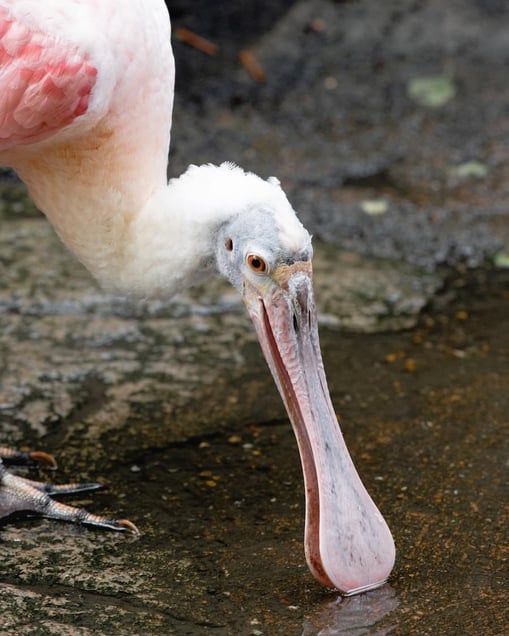
The Black Skimmer: A mostly black bird with white underbelly, this bird’s striking red beak makes them instantly recognizable. They are named for the way they catch their food by skimming the surface of the water with their lower beak.
The Double-Crested Cormorant: This fishing bird has a hooked beak, used for catching fish, and spends most of its time swimming and diving in the water. After a swim, this large, black bird must spend time drying its feathers, as they are not waterproof.
The Royal Tern: Terns have an orange beak and a noticeable black cap and are only found near saltwater, feeding close to the shore.
The White Ibis: A solid white bird with a long, curved beak, used for prodding into the mud, looking for insects and small crustaceans. Their feet are pink or orange.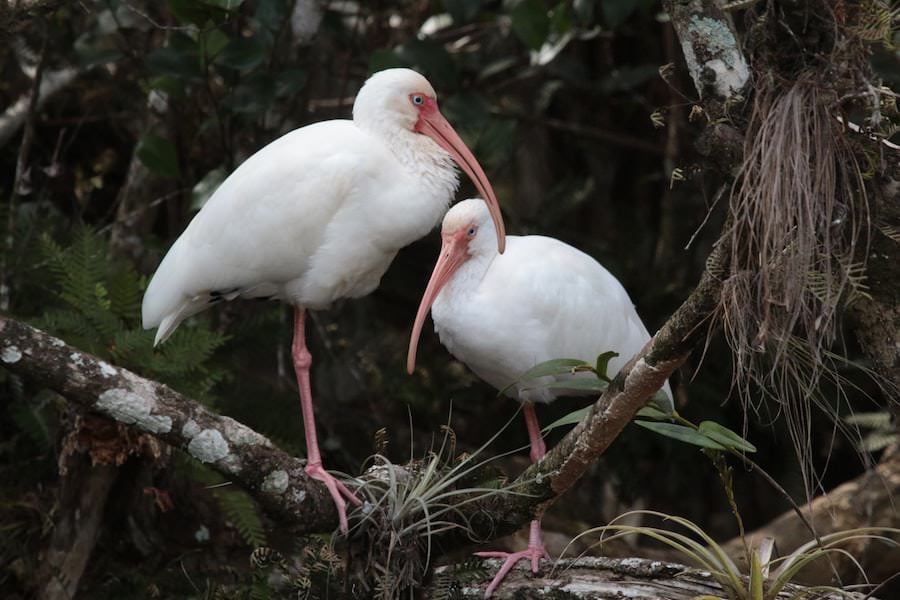
The Swallow-Tailed Kite: This bird has a plumage of contrasting white and black, and have a distinct forked tail. Look for them in wetland areas.
Bird Watching Essentials
If you're interested in birdwatching, it's easy to get started with very little equipment. First, grab a bird book or download an app like the Merlin Bird ID app so you can look up information about any birds you happen to spot.
This will help make identification quick and easy. You may be able to identify birds based on their coloration, their call, their behavior, or the size and shape of their bodies and beak. But to get an up-close and personal look at each species, you'll need a pair of binoculars. And if you want to keep a record of the birds you see, a journal or a camera with a zoom lens can help preserve your best finds.
Moorings Park Communities’ campuses are an ideal choice for boomers and seniors searching for luxurious residences, active, vibrant lifestyle and concierge physicians and personalized healthcare that are included with residency. Close to the heart of Naples, Florida, each campus has plenty of nearby outdoor spaces and recreational areas, the perfect location for birdwatchers, nature enthusiasts, and those who simply want a scenic retreat. Contact us to learn more about what Moorings Park Communities has to offer.



